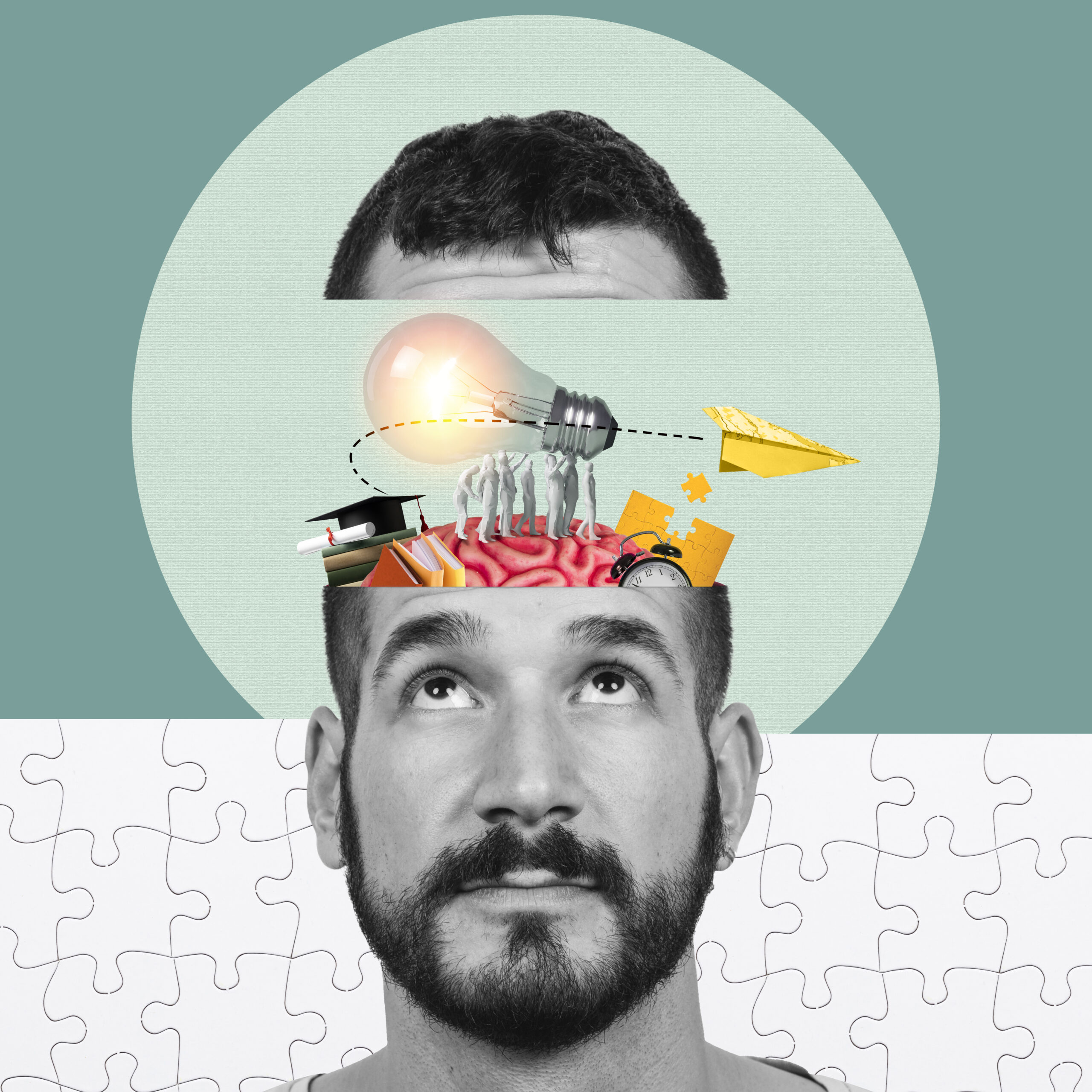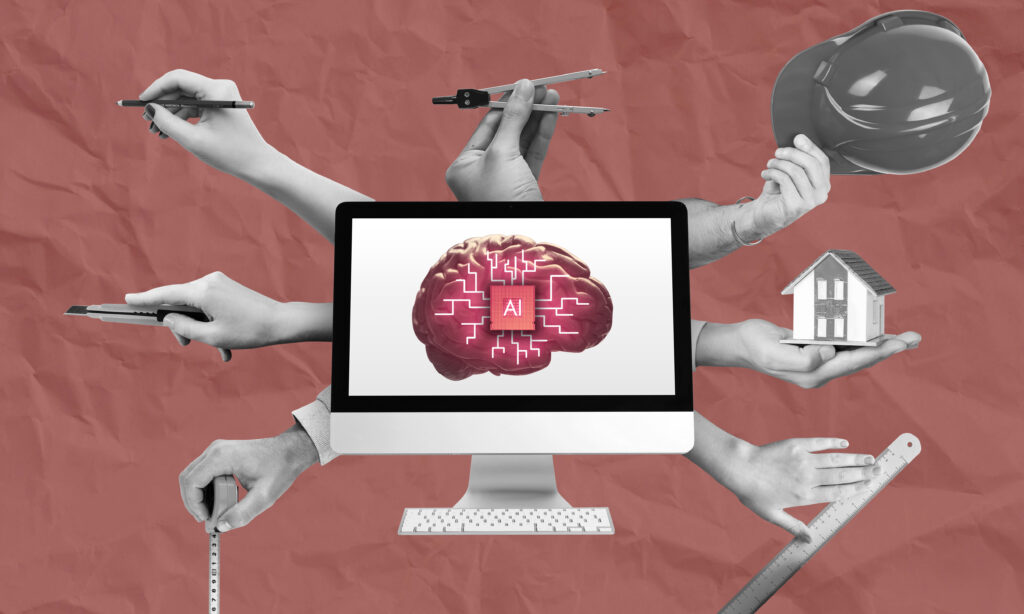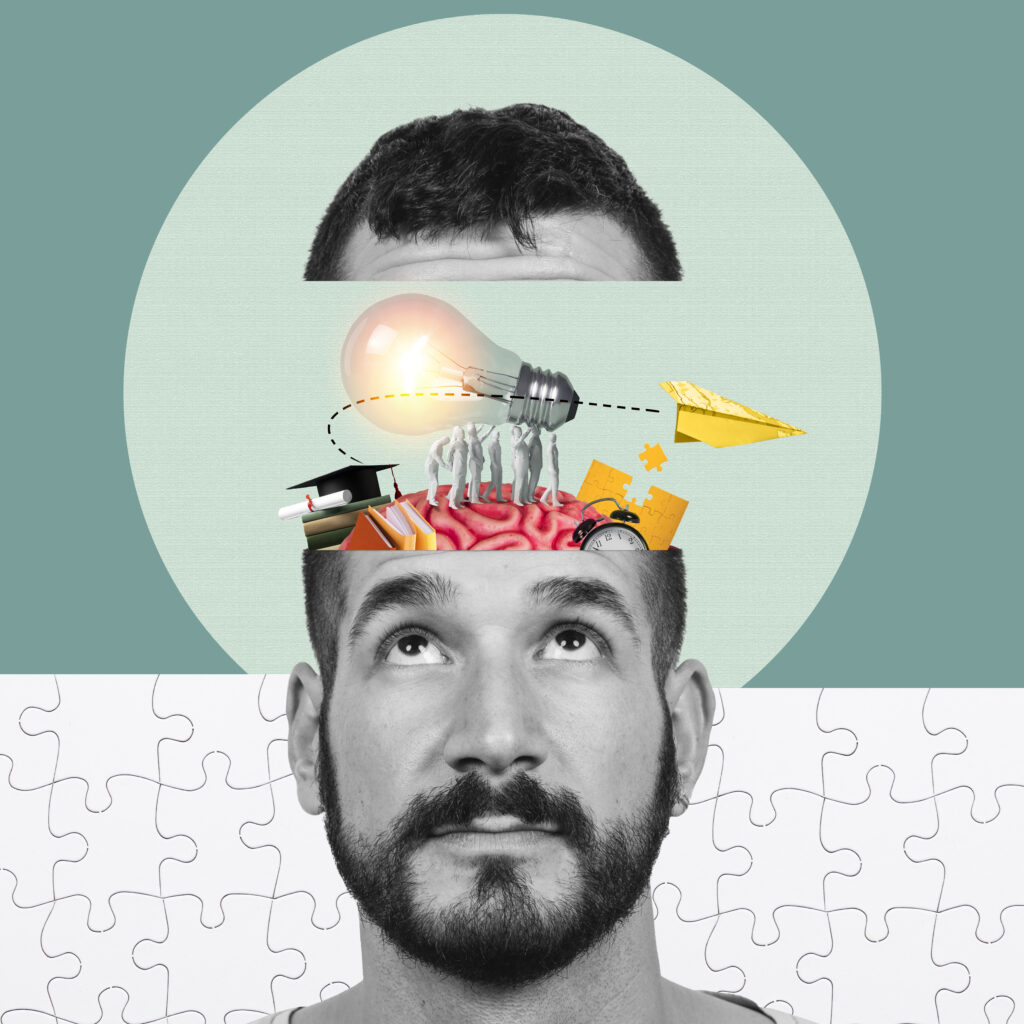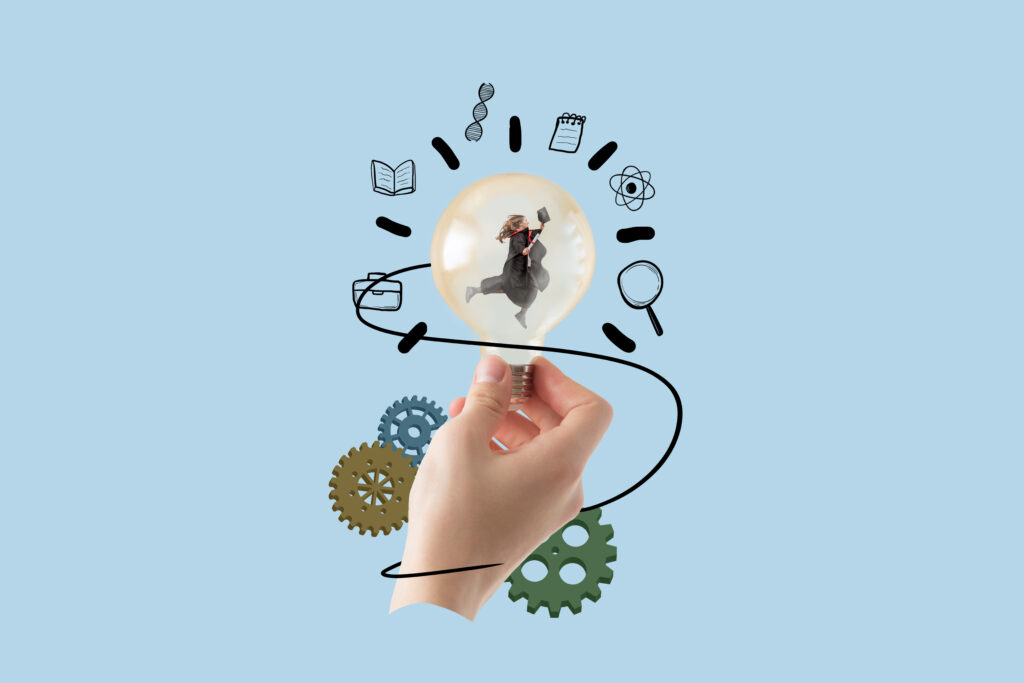E-learning courses are multiplying, offering flexibility and accessibility to learners… But are they truly effective in promoting learning? Neuroscience provides valuable insights into how our brain processes, memorizes, and retains information in a digital environment. By understanding these mechanisms, it’s possible to optimize the design of online training for more effective and engaging learning.
1. How does the brain learn online?
Learning relies on the brain’s ability to process, assimilate, and store information in memory. In digital pedagogy, several cognitive processes are involved:
Attention: capturing and maintaining engagement
Our brain is constantly bombarded by multiple stimuli. Online, one of the major challenges is to capture and maintain learners’ attention. Neuroscience shows that:
- Attention decreases after 10 to 15 minutes, hence the importance of designing short modules.
- Emotions play a key role: interactive, narrative, or gamified content promotes engagement.
- The element of surprise (quizzes, interactive scenarios) stimulates curiosity and concentration.
Memory: promoting information retention
Learning relies on two types of memory:
- Working memory, which processes short-term information. It is limited, hence the importance of not overloading content.
- Long-term memory, where knowledge is consolidated.
To improve retention, it is essential to:
- Space out repetitions (spaced revision effect).
- Vary formats (videos, exercises, podcasts) to stimulate different brain areas.
- Promote active learning (interaction, practical application).
Motivation: key to E-learning
The brain releases dopamine, a neurotransmitter associated with pleasure and motivation, when the learner succeeds or meets a challenge. In e-learning, it is therefore essential to:
- Integrate gamification mechanisms (badges, scores, challenges).
- Set clear and achievable objectives.
- Provide immediate and personalized feedback to reinforce motivation.
2. How to apply neuroscience principles in E-learning?
Microlearning: learning in short sequences
Neuroscience shows that learning is more effective in small doses. Microlearning involves offering short content (3 to 5 minutes), promoting memorization and engagement.
Multimodality: varying formats to stimulate the brain
The brain processes information better when it is presented in different forms:
- Explanatory videos to capture attention.
- Infographics and diagrams for better understanding.
- Interactive scenarios and quizzes for active learning.
Spaced repetition: reinforcing memorization
Rather than assimilating a large amount of information at once, repeating concepts at regular intervals improves retention. Automatic reminders and revision quizzes integrated into a digital course help anchor knowledge durably.
Adaptive Learning: personalizing pathways
Thanks to artificial intelligence and Adaptive Learning algorithms, it is possible to offer evolving pathways based on each learner’s level and progress, thus optimizing their engagement and learning.
Conclusion
By relying on neuroscience, each e-learning course can promote attention, improve memorization, and strengthen learner motivation. Integrating these principles allows for the creation of more engaging and effective training, thus maximizing the impact of digital learning.



